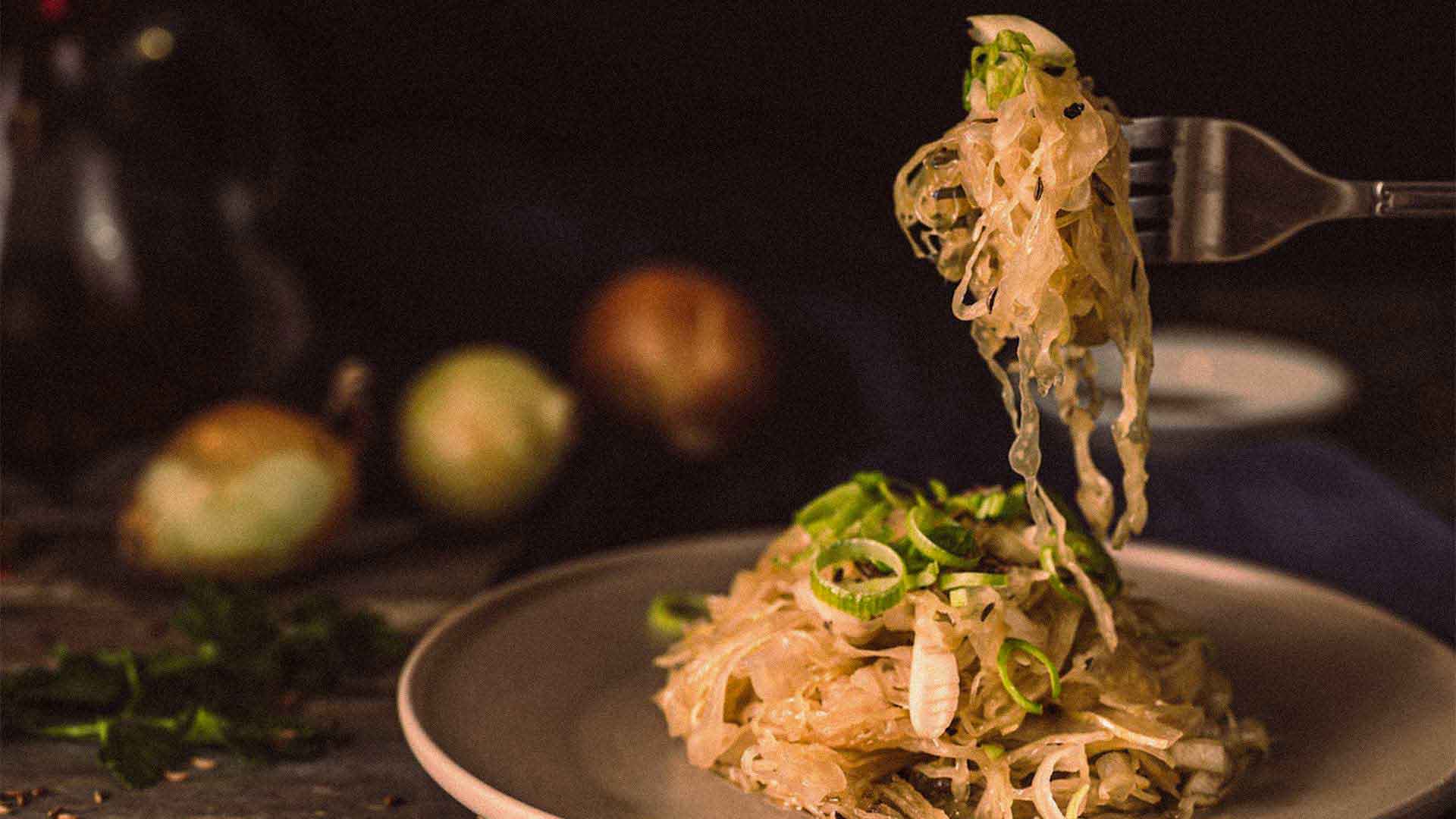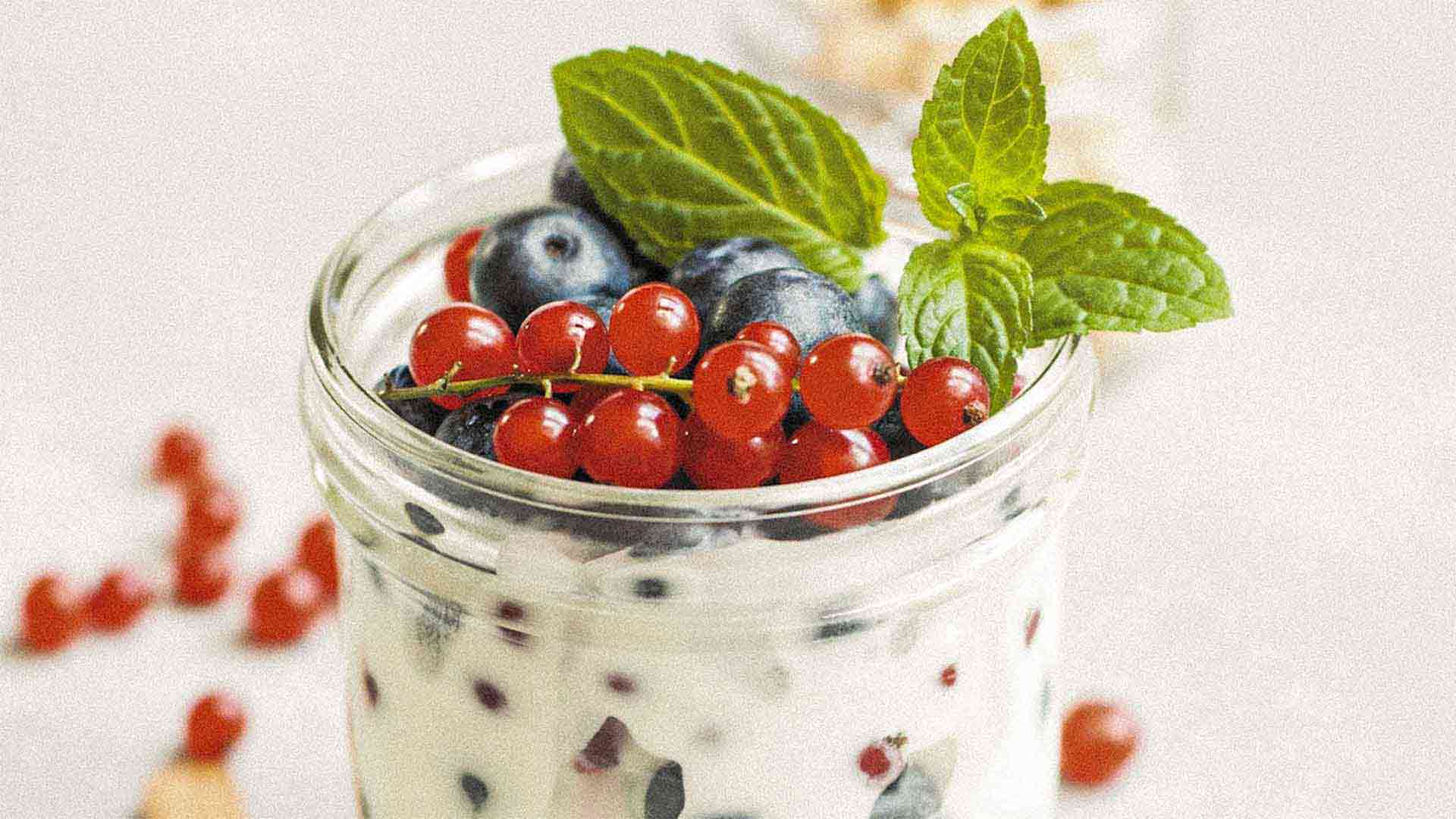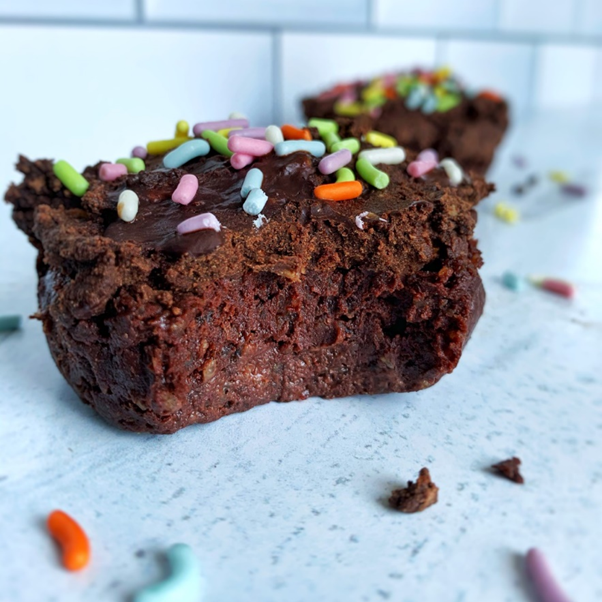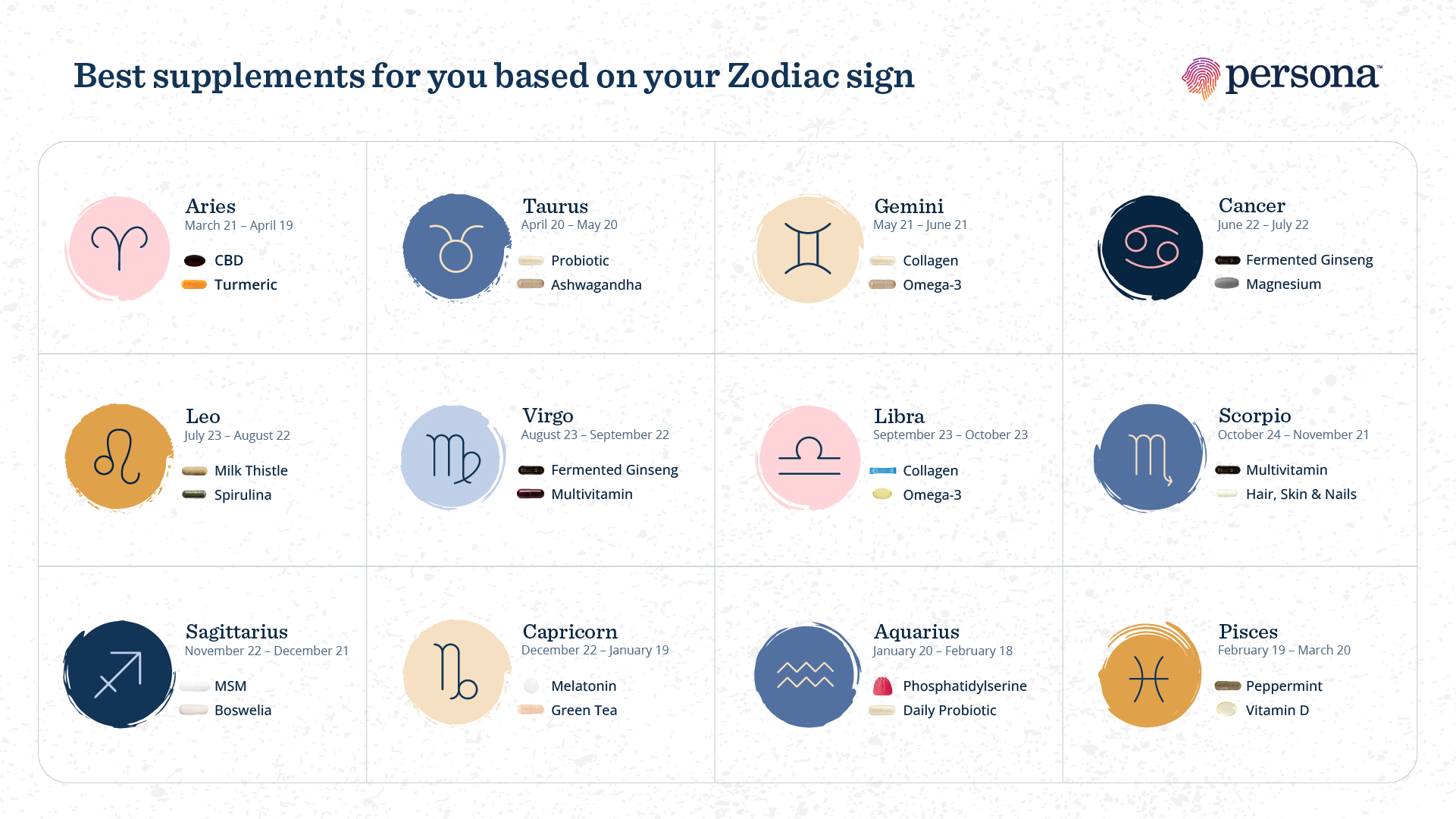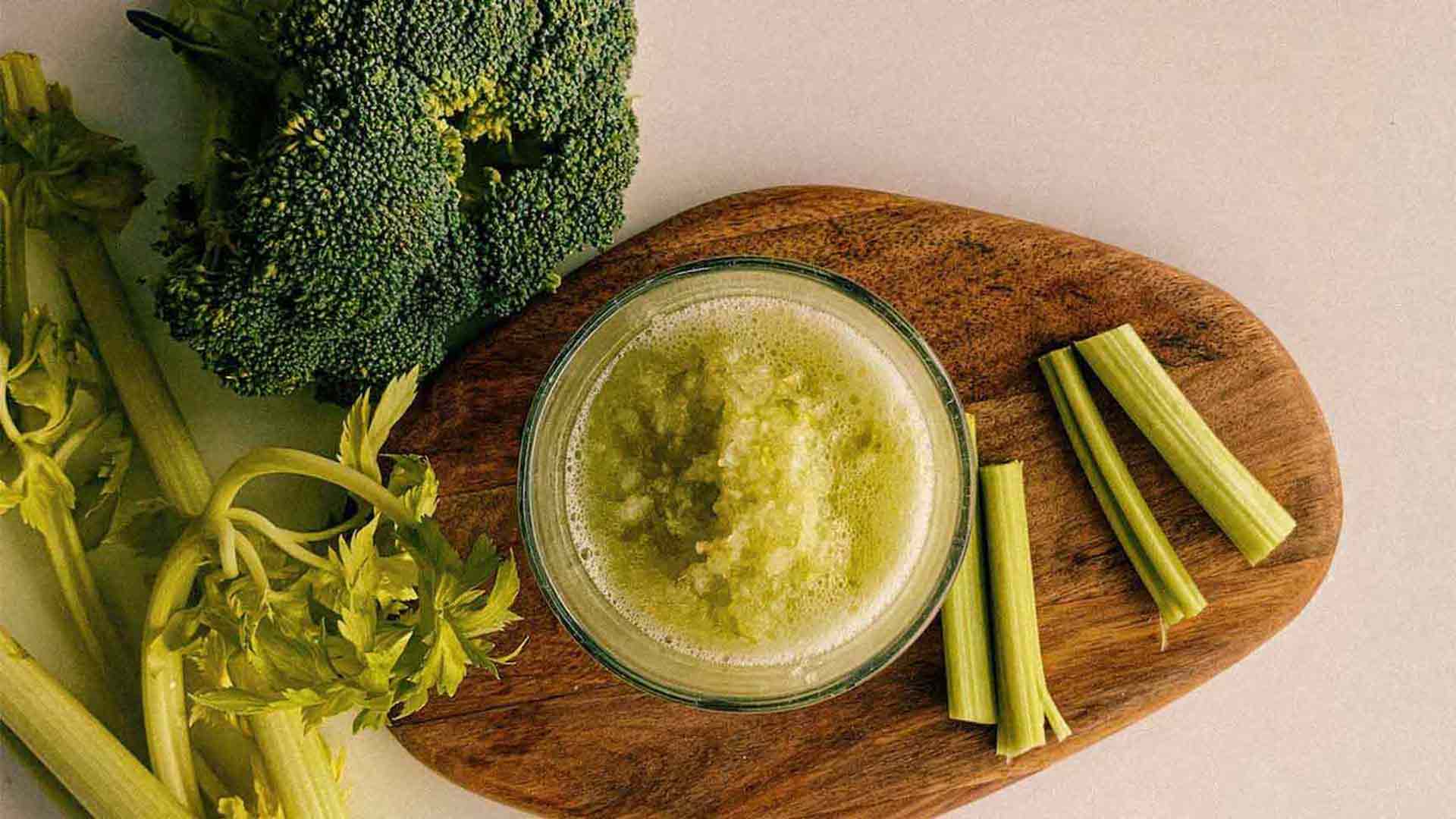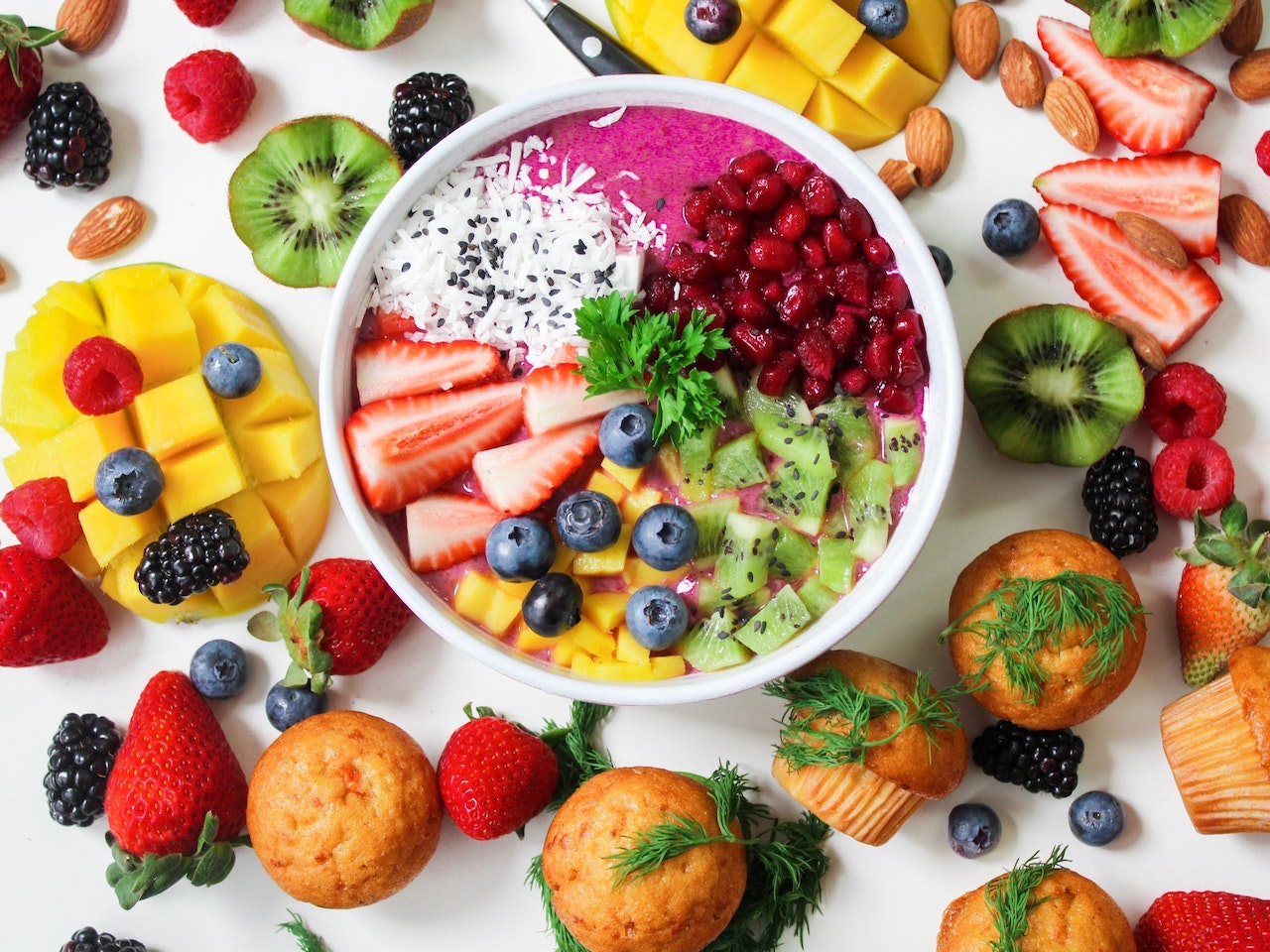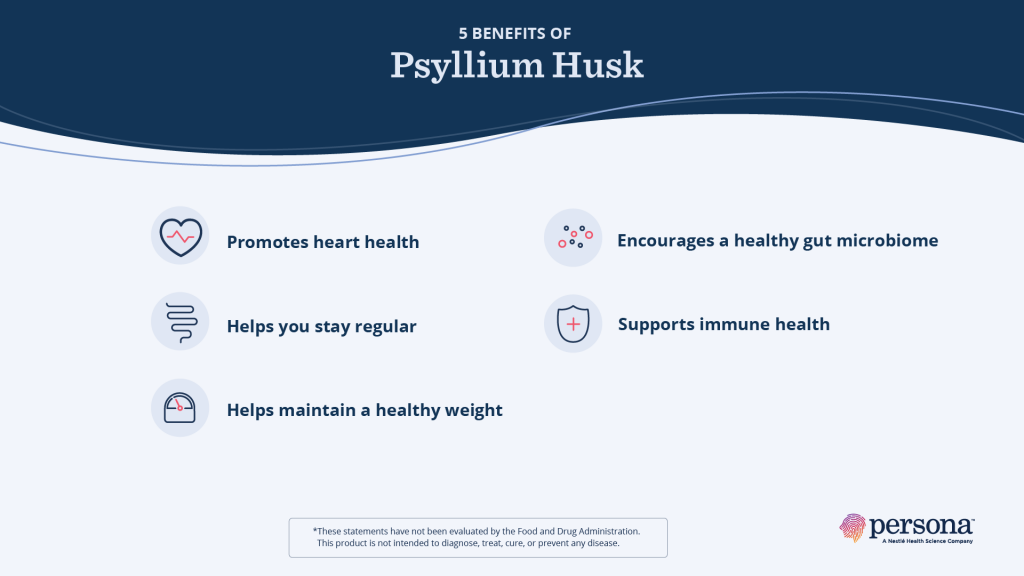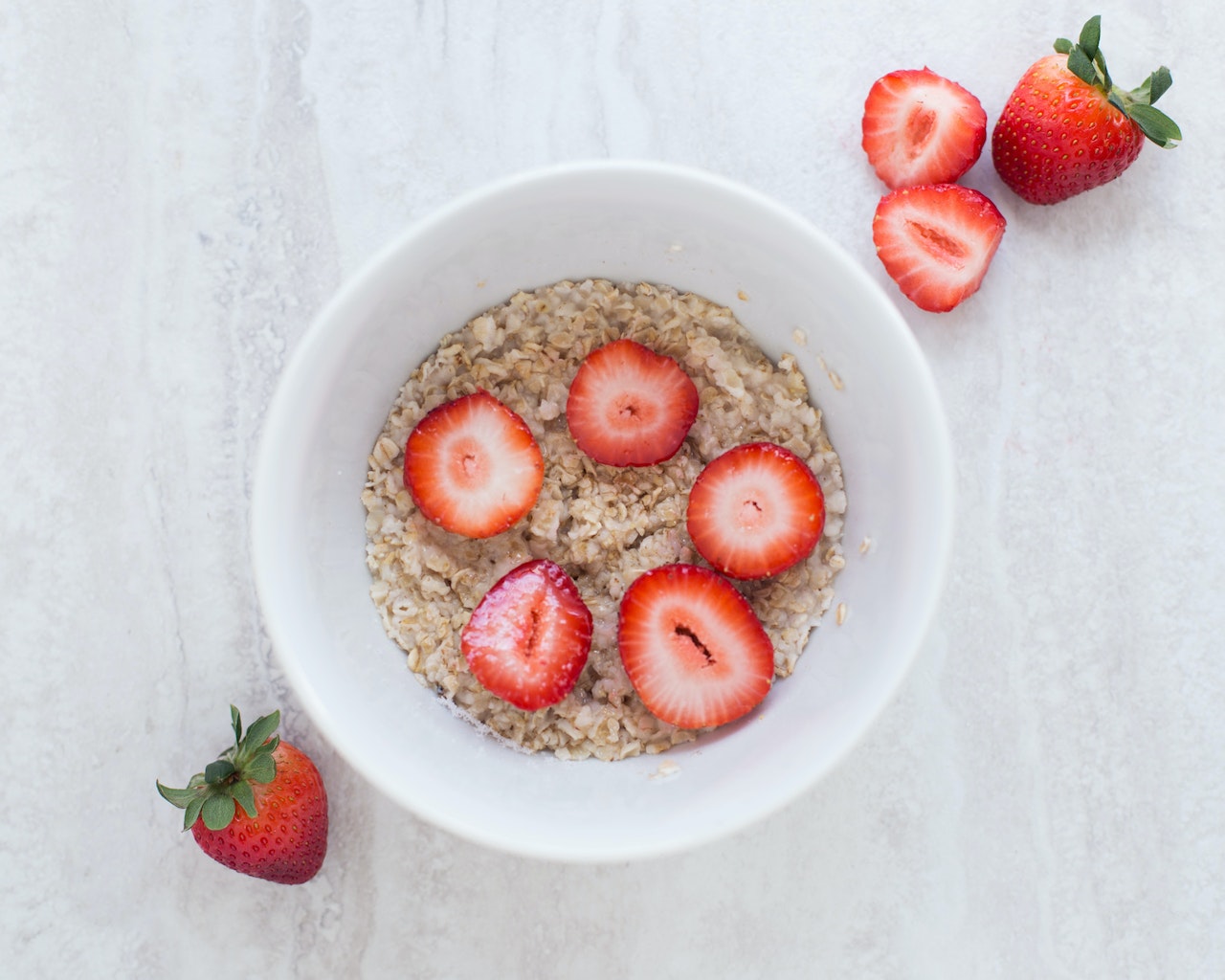There are so many great things that come with winter – cozy sweaters, hot cocoa and holiday gatherings. But as you make changes to your outfits, drinks and activities, ever wonder if your nutritional needs change with the season? Simply put: yes. And to help you stay feeling your best this season, here’s 5 supplements to add to your winter wellness routine.
1. Vitamin D
You’ve heard it before: step outside for 15 minutes a day to get your daily dose of vitamin D. But the sun’s rays get weaker during the colder seasons, so even on the sunniest of winter days, your body has trouble converting UVB rays into vitamin D.1 Maintaining your status year-round is not only essential for the formation and maintenance of normal bones, but for a healthy mood as well. Vitamin D promotes normal levels of serotonin, your mood balancing hormone.2 Shorter daylight and colder weather can leave you feeling a little blah this season, so it’s best to get your vitamin D levels checked by your doctor; if your levels are below par, a Vitamin D supplement is the perfect addition to your sweater-weather survival kit.*
2. Ashwagandha
If the thought of family gatherings, hosting football Sunday and impending holiday to-dos has you feeling more stressed than feeling warm and cozy- you may want to consider taking an adaptogen like Ashwagandha. This ancient super root helps regulate your stress response by keeping your cortisol levels, aka the stress hormone, in check. By keeping your cortisol levels under control, ashwagandha may help stave off exhaustion—giving you a little more time to resolve the thing that’s stressing you out.3 This can be especially beneficial if the start of winter makes you want to hibernate until the spring!*
3. Elderberry
The common cold and flu may just be the one thing we can all do without this season. Fortunately, there are ways to naturally support your body’s defense system. Along with quality sleep, exercise and diet, certain supplements may also lend a helping hand.
Elderberries are rich in anthocyanins, a compound with antioxidant properties (and the thing that gives them their vibrant blue hue). Anthocyanins help support the health of your cells by fending off free radicals, naturally occurring substances that can damage your body if they build up. While supplements aren’t going to give your immune system any superpowers, the protective nature of elderberries may help support your defenses when you’re under stress.4 *
4. Collagen
Cooler weather means cozying up with hot cocoa, fuzzy sweaters and throws, but the dry, crisp air can lead to a loss of moisture within your skin, leading to a dull and flaky complexion.5 Thankfully, you’re not left completely powerless against the colder season. Collagen, the main structural protein in our connective tissues helps lock in moisture and combat those dry skin woes. Since collagen production declines with age (hello fine lines and wrinkles), supplementing may help support a more youthful complexion giving you a welcomed summer glow all year round.*
5. Omega 3
Important year-round, omega-3 is an essential fatty acid, meaning we can’t naturally produce it so we need to get it through diet. It’s found in seafood like salmon and haddock as well as nuts and seeds. Since omega-3 is a fat it’s calorically dense and helps supply your body with energy to perform certain functions and helps cushion your cells. You also need it to maintain the health of your heart, brain, eyes, and skin. If you’re one of the two thirds of American’s who don’t eat enough of it- consider filling in the gaps with a supplement.*
Bottom Line
Shifting your diet and establishing new routines can seem daunting at first, but your winter wellness this season doesn’t have to be hard. Whether your goal is to improve your mood or lower stress, supplements may help cover any health gaps and prevent greater gaps from occurring.
For ideas on holiday recipes this season, read 3-dietitian approved healthy holiday treats.
About Author
Hayley is a Licensed Registered Dietitian Nutritionist (RDN) with a Bachelor of Science in Dietetics from Florida State University and a Master of Science in Dietetics from the University of Rhode Island. Hayley is dedicated to empowering individuals to achieve their nutritional goals through evidence-based practices.
Do you have questions about supplements? Reach out to one of our experts, or take Persona’s free nutrition assessment, and learn exactly what you need to take your wellness to the next level.
*These statements have not been evaluated by the Food and Drug Administration. This product is not intended to diagnose, treat, cure, or prevent any disease.
This information is not intended as a substitute for the advice provided by your physician or other healthcare professional, or any information contained on or in any product label or packaging. Do not use the information from this article for diagnosing or treating a health problem or disease, or prescribing medication or other treatment. Always speak with your physician or other healthcare professional before taking any medication or nutritional, herbal, or homeopathic supplement, or using any treatment for a health problem. If you have or suspect that you have a medical problem, contact your health care provider promptly. Do not disregard professional medical advice or delay in seeking professional advice because of something you have read in this article.



